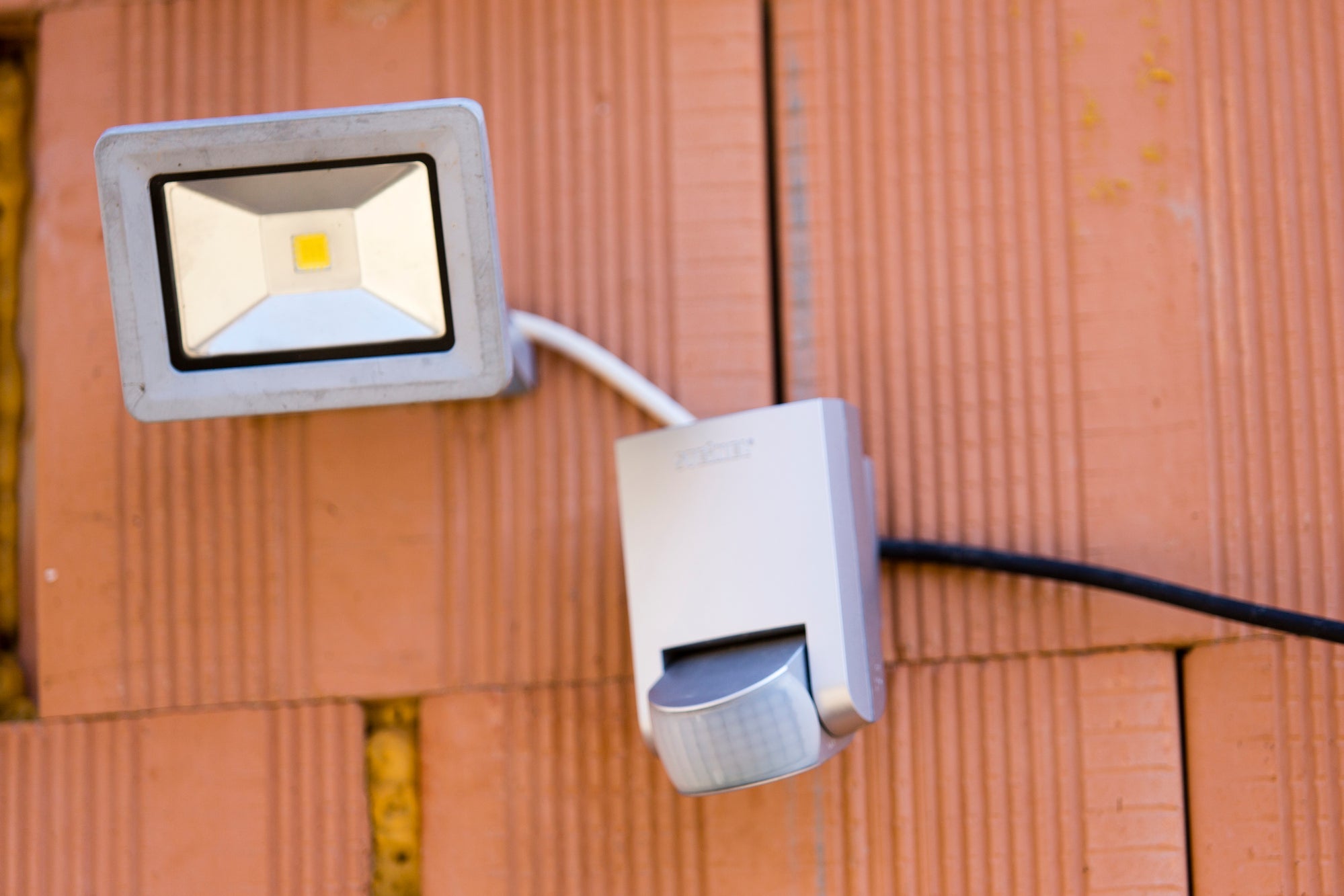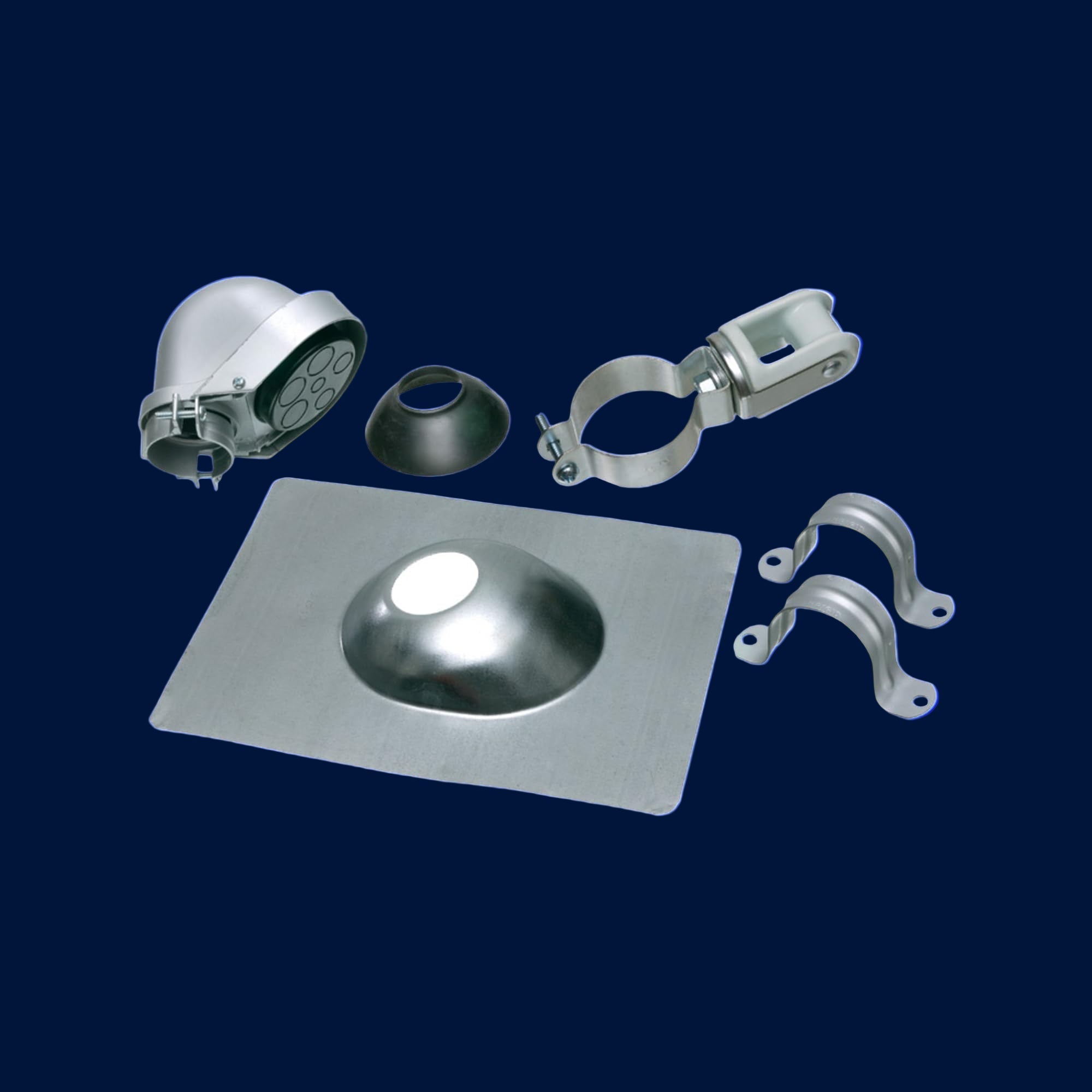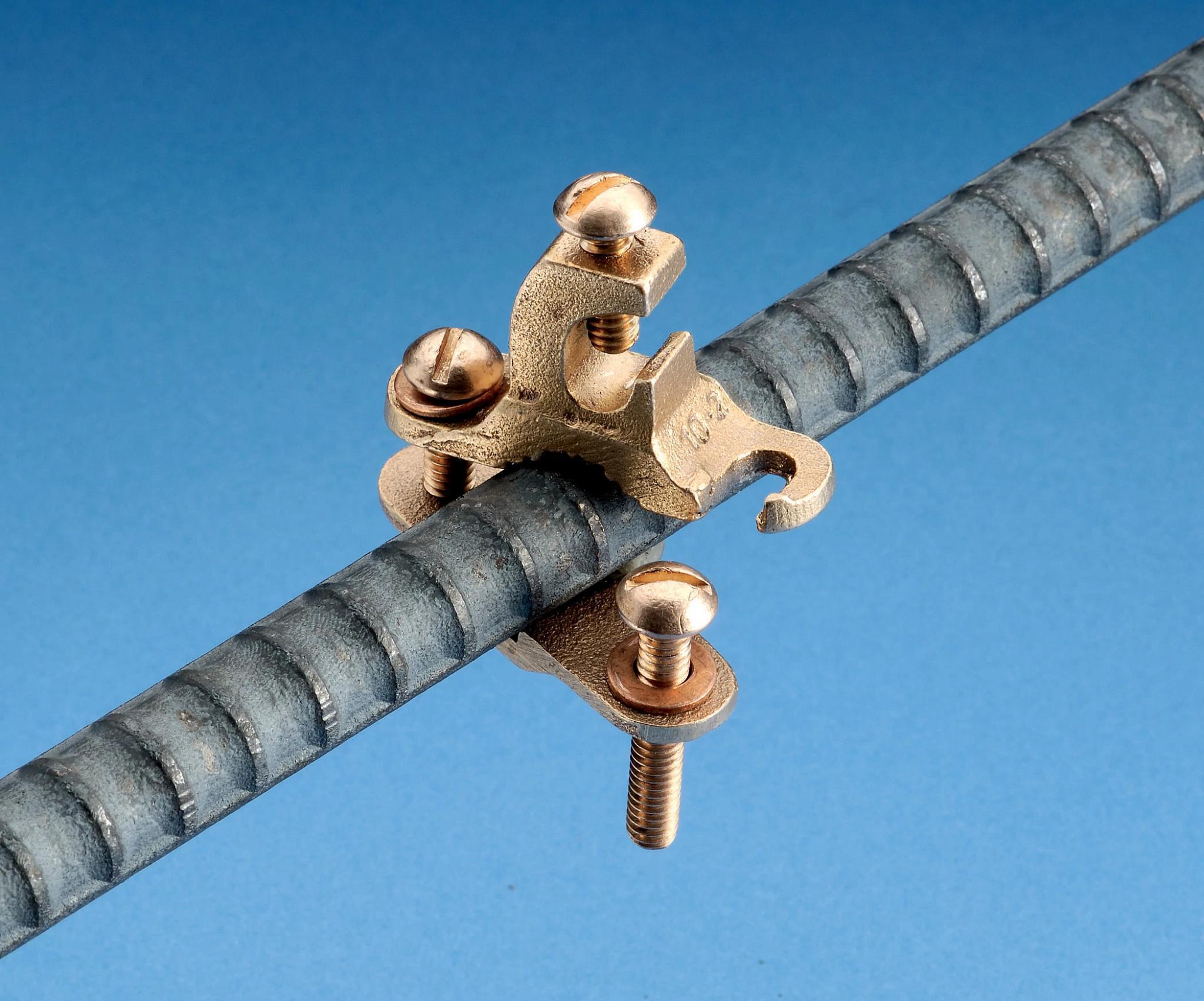Unraveling the mystery of how motion sensors work paints a fascinating picture. The humble motion sensor is all around us, from the supermarket doors that magically open to the eerie, yet handy, porch light that magically switches on when you arrive home late at night and illuminating your path. Such mechanisms function thanks to the ingenious principles behind motion sensors.
At Sonic Electric, we understand the importance of clarity and assurance when the sun sets. Our catalog boasts a curated selection of security lighting solutions designed to integrate seamlessly with motion-sensor systems. We provide robust lighting options that respond instantly to detected movements, casting light on potential intruders and ensuring the safety of the premises.
Identify the Area to Monitor with Careful Placement Choices
Choosing the right spot for a motion sensor can make all the difference. Start by considering the area that needs monitoring. Is it a hallway, a room, or the exterior of a building? Once you know the area, consider which parts a trespasser will likely pass through.
Visibility is also important. Sensors should have a clear view of the area without obstructions like large furniture or plants. Pay attention to the sensor's range, too. This is the distance it can detect movement within. It shouldn't be too far where the sensor misses an intruder or too close where it picks up unnecessary movements like a pet.
After you've picked the spot, could you test it out? Walk through the area to ensure the sensor detects movement from any approach. This helps you confirm you've chosen the right location before installing.
Select Appropriate Sensor Based on Desired Detection Technology
Once the location is set, the next step is to pick the sensor type. Different technologies are used in motion sensors, including passive infrared (PIR), ultrasonic, and microwave.
PIR sensors detect body heat and are usually the go-to choice for indoor settings. They are cost-effective and reduce false alarms from small animals. Ultrasonic sensors send out pulses of ultrasonic waves and are more sensitive, which can be an advantage or a drawback, depending on the setting. Then, there are microwave sensors. These are less common as they can penetrate walls and may cause interference with other devices.
Your choice will depend on factors like the size of the area to be monitored and the level of sensitivity required. If you're aiming for a setup that needs to spot movement through doors or walls, a microwave sensor may be needed. In contrast, a PIR sensor might suffice for simply turning on lights when someone enters a room.
Install the Motion Sensor Following Manufacturer's Detailed Instructions
Proper motion sensor installation is as critical as selecting the right type. Always refer to the manufacturer's guidelines. These instructions guide you through the setup process, generally including mounting the device at the correct height and angle.
Most sensors need to be placed between 6 to 10 feet high. This range allows the sensor to get a broad view of the area. Keep it out of direct sunlight or areas where temperature changes drastically, as these changes can trigger false alarms. Also, be mindful of placing sensors too close to heat sources.
.
Once installed, fine-tune the sensor settings. Adjust the sensitivity, especially if you're dealing with indoor sensors where pets are present. The goal is to balance the sensor's responsiveness to avoid missed detections while preventing false alarms.
Test Motion Sensor Performance to Ensure Reliable Operation
Once installed, it's time to test your motion sensor. Manufacturers typically provide instructions for testing their devices. This process often involves initiating a test mode on the device and then actively triggering it to ensure it's working.
Regular testing is also a good habit. This way, you can guarantee that the sensor will function as expected over time. You'll notice if it's too sensitive or not sensitive enough, and you can adjust as needed. Testing can also reveal issues with coverage areas or battery life early on.
Testing also involves making sure alarms linked to the sensor fire as expected. If an alarm doesn't sound or lights don't turn on when a sensor gets triggered, you may need to troubleshoot the connections between devices.
They say that the best defense is a good offense, and by taking the initiative to test your motion sensor system regularly, you can ensure its reliability when it matters most.
Connect Sensors to a Control Panel for Central Monitoring
A crucial part of a security system is the control panel. This unit acts as the system's brain, communicating with all connected devices, including your motion sensors. Connecting your sensors to a control panel allows for central monitoring, making your system easy to manage.
Centrally monitored systems add another layer of protection. In addition to alerting you of possible intrusions, they can report these incidents to a security company. That way, even if you're unavailable to respond, someone else can.
Also, through the control panel, you can manage the settings of your sensors. Adjust sensitivity, change alert types, and view detection logs—this control lets you customize your system to fit your needs perfectly.
Integrate Motion Sensors with Automated Systems for Enhanced Functionality
Motion sensors are versatile devices. Beyond security, these devices integrate into your home or business automation system, adding convenience and saving energy.
For instance, you can integrate sensors with your lighting system. Lights can turn on when someone enters a room and turn off when no movement is detected for a set time. This feature is helpful for rarely used areas, such as storerooms or guest bathrooms.
Partner with Us for Refined Safety and Protection
Security transcends beyond deterring trespassers; it's about preserving life and property against unforeseen hazards. We supply a comprehensive array of fire safety equipment and protection supplies. This range ensures that homes and businesses are equipped to deal with emergency situations effectively and efficiently, from smoke detectors that respond to the faintest hint of danger to fire extinguishers ready at a moment's notice to combat flames.
Embrace a future where quality electrical and safety solutions are not just a choice but a standard. Contact us today. Let's illuminate your projects and secure your environments together.






Share:
A Step-By-Step Guide To Installing Flood Lights
A Buyer's Guide To 6 Types Of Surge Protection